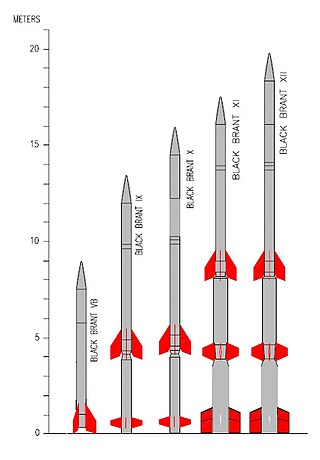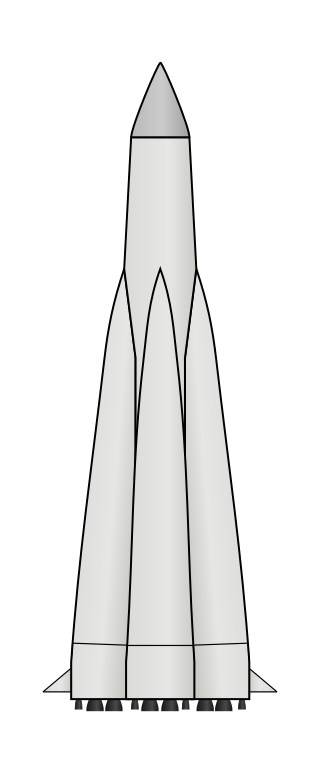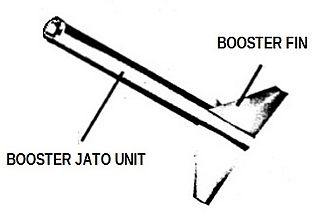
An expendable launch system is a launch vehicle that can be launched only once, after which its components are either destroyed during reentry or discarded in space. ELVs typically consist of several rocket stages that are discarded sequentially as their fuel is exhausted and the vehicle gains altitude and speed. As of 2024, less and less satellites and human spacecraft are launched on ELVs in favor of reusable launch vehicles. However, there are many instances where a ELV may still have a compelling use case over a reusable vehicle. ELVs are simpler in design than reusable launch systems and therefore may have a lower production cost. Furthermore, an ELV can use its entire fuel supply to accelerate its payload, offering greater payloads. ELVs are proven technology in widespread use for many decades.

Soyuz is a family of expendable Russian and Soviet carrier rockets developed by OKB-1 and manufactured by Progress Rocket Space Centre in Samara, Russia. The Soyuz is the rocket with the most launches in the history of spaceflight.

A sounding rocket or rocketsonde, sometimes called a research rocket or a suborbital rocket, is an instrument-carrying rocket designed to take measurements and perform scientific experiments during its sub-orbital flight. The rockets are used to launch instruments from 48 to 145 km above the surface of the Earth, the altitude generally between weather balloons and satellites; the maximum altitude for balloons is about 40 km and the minimum for satellites is approximately 121 km. Certain sounding rockets have an apogee between 1,000 and 1,500 km, such as the Black Brant X and XII, which is the maximum apogee of their class. Sounding rockets often use military surplus rocket motors. NASA routinely flies the Terrier Mk 70 boosted Improved Orion, lifting 270–450-kg (600–1,000-pound) payloads into the exoatmospheric region between 97 and 201 km.

The Black Brant is a family of Canadian-designed sounding rockets originally built by Bristol Aerospace, since absorbed by Magellan Aerospace in Winnipeg, Manitoba. Over 800 Black Brants of various versions have been launched since they were first produced in 1961, and the type remains one of the most popular sounding rockets. They have been repeatedly used by the Canadian Space Agency and NASA.

BepiColombo is a joint mission of the European Space Agency (ESA) and the Japan Aerospace Exploration Agency (JAXA) to the planet Mercury. The mission comprises two satellites launched together: the Mercury Planetary Orbiter (MPO) and Mio. The mission will perform a comprehensive study of Mercury, including characterization of its magnetic field, magnetosphere, and both interior and surface structure. It was launched on an Ariane 5 rocket on 20 October 2018 at 01:45 UTC, with an arrival at Mercury planned for on 5 December 2025, after a flyby of Earth, two flybys of Venus, and six flybys of Mercury. The mission was approved in November 2009, after years in proposal and planning as part of the European Space Agency's Horizon 2000+ programme; it is the last mission of the programme to be launched.

Atlas II was a member of the Atlas family of launch vehicles, which evolved from the successful Atlas missile program of the 1950s. The Atlas II was a direct evolution of the Atlas I, featuring longer first-stage tanks, higher-performing engines, and the option for strap-on solid rocket boosters. It was designed to launch payloads into low Earth orbit, geosynchronous transfer orbit or geosynchronous orbit. Sixty-three launches of the Atlas II, IIA and IIAS models were carried out between 1991 and 2004; all sixty-three launches were successes, making the Atlas II a highly reliable space launch system. The Atlas line was continued by the Atlas III, used between 2000 and 2005, and the Atlas V, which is still in use as of 2024.

The M-V rocket, also called M-5 or Mu-5, was a Japanese solid-fuel rocket designed to launch scientific satellites. It was a member of the Mu family of rockets. The Institute of Space and Astronautical Science (ISAS) began developing the M-V in 1990 at a cost of 15 billion yen. It has three stages and is 30.7 m (101 ft) high, 2.5 m in diameter, and weighs about 140,000 kg (310,000 lb). It was capable of launching a satellite weighing 1,800 kg (4,000 lb) into an orbit as high as 250 km (160 mi).

Interorbital Systems (IOS) is an American company based in Mojave, California, that specializes in the manufacturing of rockets and satellites. It was established in 1996 by Roderick and Randa Milliron. As of October 2023, the company is in development stage for three orbital launch vehicles: NEPTUNE, TRITON, and TRITON HEAVY.

The Scout family of rockets were American launch vehicles designed to place small satellites into orbit around the Earth. The Scout multistage rocket was the first orbital launch vehicle to be entirely composed of solid fuel stages. It was also the only vehicle of that type until the successful launch of the Japanese Lambda 4S in 1970.

Topaze is the designation of a French sounding rocket. The Topaze was developed by several French companies, notably Nord Aviation and Sud Aviation, and built by SEREB and was the first guidable French sounding rocket.

VSB-30 - "Veículo de Sondagem Booster – 30" or "Foguete Suborbital VSB-30" is the designation of a Brazilian sounding rocket, which replaced the Skylark rocket at Esrange.

The Sputnik rocket was an uncrewed orbital carrier rocket designed by Sergei Korolev in the Soviet Union, derived from the R-7 Semyorka ICBM. On 4 October 1957, it was used to perform the world's first satellite launch, placing Sputnik 1 into a low Earth orbit.
Tronador is a series of Argentine rockets, including the Tronador I and Tronador II vehicles, to develop a liquid-propellant rocket expendable launch system called ISCUL.

The Epsilon Launch Vehicle, or Epsilon rocket, is a Japanese solid-fuel rocket designed to launch scientific satellites. It is a follow-on project to the larger and more expensive M-V rocket which was retired in 2006. The Japan Aerospace Exploration Agency (JAXA) began developing the Epsilon in 2007. It is capable of placing a 590 kg payload into Sun-synchronous orbit.

The Nike stage or Nike booster, a solid fuel rocket motor, was created by Hercules Aerospace for the Nike Ajax (M5) Nike Hercules (M5E1). It was developed for use as the first stage of the Nike Ajax and Nike Hercules missiles as part of Project Nike.

The H3 Launch Vehicle is a Japanese expendable launch system. H3 launch vehicles are liquid-propellant rockets with strap-on solid rocket boosters and are launched from Tanegashima Space Center in Japan. Mitsubishi Heavy Industries (MHI) and JAXA are responsible for the design, manufacture, and operation of the H3. The H3 is the world's first rocket to use an expander bleed cycle for the first stage engine.

Liquid Fly-back Booster (LFBB) was a German Aerospace Center's (DLR's) project concept to develop a liquid rocket booster capable of reuse for Ariane 1 in order to significantly reduce the high cost of space transportation and increase environmental friendliness. lrb would replace the existing liquid rocket boosters, providing main thrust during the countdown. Once separated, two winged boosters would perform an atmospheric entry, go back autonomously to the French Guiana, and land horizontally on the airport like an aeroplane.
TRICOM-1R, also known as Tasuki, was a Japanese nanosatellite that was launched during the SS-520-5 sounding rocket test launch on 3 February 2018, with a mission to conduct store and forward data relay and Earth observation using a set of cameras.
Interstellar Technologies, Inc., or IST, is a Japanese private spaceflight company aiming to eventually build a launch vehicle for smallsats under 100 kg. It is a rocket spacelaunch company developing the MOMO sounding rocket and the ZERO orbital launch vehicle. Interstellar's stated goal is to reduce the cost of access to space.
WIRES is a Japanese project developing a winged single-stage reusable suborbital rocket as a test bed for a reusable orbital launch system or a crewed suborbital spaceplane. The full-size prototype, called WIRES-X, is expected to be launched in 2020.




















